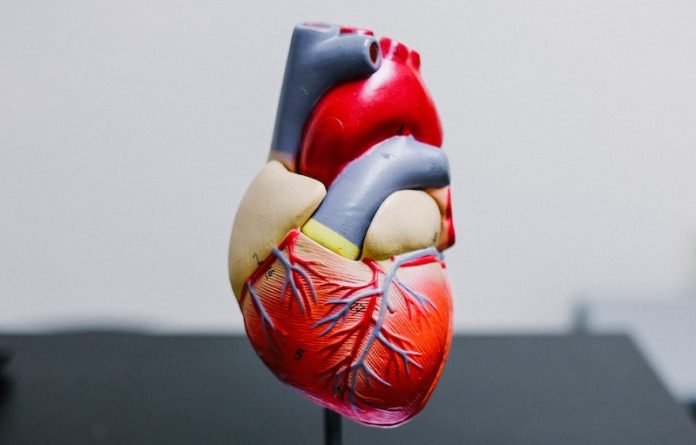
A recent study from the University of North Carolina Health Care has made a big advance in the promising field of cellular reprogramming and organ regeneration.
This discovery could play a major role in future medicines to heal damaged hearts.
In the study, the team discovered a more streamlined and efficient method for reprogramming scar tissue cells (fibroblasts) to become healthy heart muscle cells (cardiomyocytes).
Fibroblasts produce the fibrous, stiff tissue that contributes to heart failure after a heart attack or because of heart disease.
Turning fibroblasts into cardiomyocytes is being investigated as a potential future strategy for treating or even someday curing this common and deadly condition.
Surprisingly, the key to the new cardiomyocyte-making technique turned out to be a gene activity-controlling protein called Ascl1, which is known to be a crucial protein involved in turning fibroblasts into neurons.
Researchers had thought Ascl1 was neuron-specific.
In the new study, the team used three existing techniques to reprogram mouse fibroblasts into cardiomyocytes, liver cells, and neurons.
Their aim was to catalog and compare the changes in cells’ gene activity patterns and gene-activity regulation factors during these three distinct reprogrammings.
Unexpectedly, the researchers found that the reprogramming of fibroblasts into neurons activated a set of cardiomyocyte genes.
Soon they determined that this activation was due to Ascl1, one of the master programmer “transcription factor” proteins that had been used to make the neurons.
Since Ascl1 activated cardiomyocyte genes, the researchers added it to the three-transcription-factor cocktail they had been using for making cardiomyocytes, to see what would happen.
They were astonished to find that it dramatically increased the efficiency of reprogramming—the proportion of successfully reprogrammed cells—by more than ten times.
In fact, they found that they could now dispense with two of the three factors from their original cocktail, retaining only Ascl1 and another transcription factor called Mef2c.
In further experiments, they found evidence that Ascl1 on its own activates both neuron and cardiomyocyte genes, but it shifts away from the pro-neuron role when accompanied by Mef2c.
In synergy with Mef2c, Ascl1 switches on a broad set of cardiomyocyte genes.
The results show that the major transcription factors used in direct cellular reprogramming aren’t necessarily exclusive to one targeted cell type.
Perhaps more importantly, they represent another step on the path toward future cell-reprogramming therapies for major disorders.
The study was conducted by Li Qian et al and published in the journal Cell Stem Cell.
If you care about heart disease, please read studies about chronic itch linked to heart disease, and which COVID vaccine you get could affect your heart inflammation risk.
For more information about heart health, please see recent studies about Aspirin is linked to 26% higher risk of heart failure, and results showing Vitamin K2 could help reduce heart disease risk.
Copyright © 2023 Knowridge Science Report. All rights reserved.



